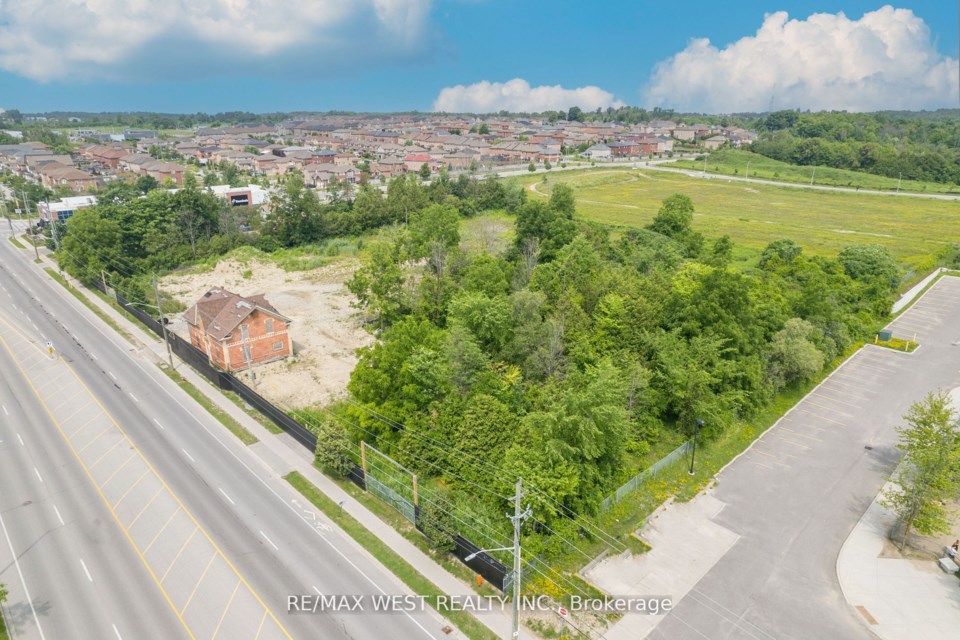An Innisfil Beach Road landmark is up for sale again.
Re/Max West Realty has listed 1326 Innisfil Beach Rd. — which includes the vacant and historic McConkey House — for nearly $8.99 million.
In the listing, Re/Max sales representative Sherif Malek describes the site as prime development land that already carries site-plan approval within the "thriving community of Innisfil."
"Walking distance to grocery stores, restaurants, beaches, schools and a variety of other commercial and institutional amenities," Malek said in the post. "Minutes away from Highway 400."
The site is permitted to have a four-storey, mixed-use build with 137 residential dwellings, 10 retail grade-level units and eight office spaces, as well as underground and surface-level parking.
Multiple attempts to reach Malek for comment were unsuccessful.
But the property has a lengthy history.
According to the Innisfil Historical Society, the home is considered to be the "last significant heritage house remaining on (IBR) between the 20th (Sideroad) and Lake Simcoe."

Constructed circa 1880, the Ontario Gothic-style farmhouse is notable for its orange-red brick with buff brick detailing and inset red cross motif.
Deb Crawford, who sits on the town's heritage committee but spoke to a reporter for this story on her own behalf, said the property is "near and dear" to her heart. She's hopeful the next owner will recognize its legacy.
"Maybe there's room for optimism," she said. "Maybe somebody will see the value in not only developing that property but of maintaining a little piece of Innisfil's history."
The McConkeys played a major role in the early development of Innisfil, Barrie, Simcoe County and Ontario. Head of one of the earliest settler families, Thomas McConkey helped open up Innisfil to agriculture. In early 1829, his family became one of the first of European origin known to reside in this area of the municipality.
John McConkey, one of Thomas’s sons, is listed as a settler of Innisfil before 1837. He owned the property where the farmhouse now stands.
"That (on) its own makes the property significant," Crawford said. "In 2009 and 2011, we were trying to recognize that property for the heritage value it had. It's so frustrating. There it sits. We had such great hopes."
The house was also owned for decades by former mayor Gord Wauchope.
While much of the original architectural detail has survived and is typical of the period, Wauchope sold the property years ago and since then the building has been moved off its original foundation and sustained damage from a combination of weather, vandalism and wildlife, the society reports.
"The house has deteriorated so much," Crawford said. "We thought after meeting with the developer around 2016 that we had a plan moving forward. It was moved and supposed to be the resting place, front and centre of the development.
"Alcona needs that kind of development. It makes you wonder what the future is of that house, now that it's sat there for so long. It can still be restored. But it's a small house compared to the development planned for that entire piece of property," she added.


